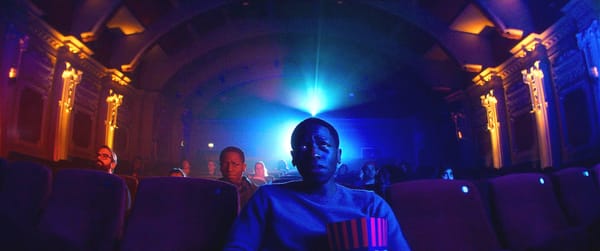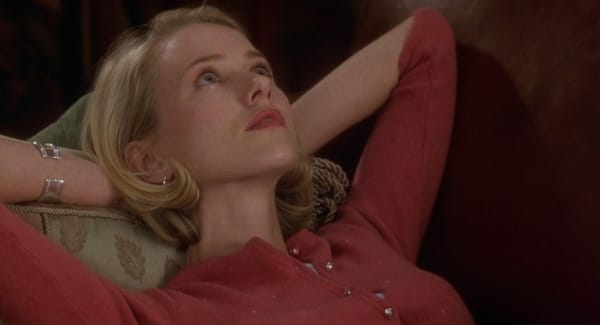Sundance 2023 Report I
"Cassandro," "Eileen," "Little Richard": The best (so far) of a renewed, subdued festival.
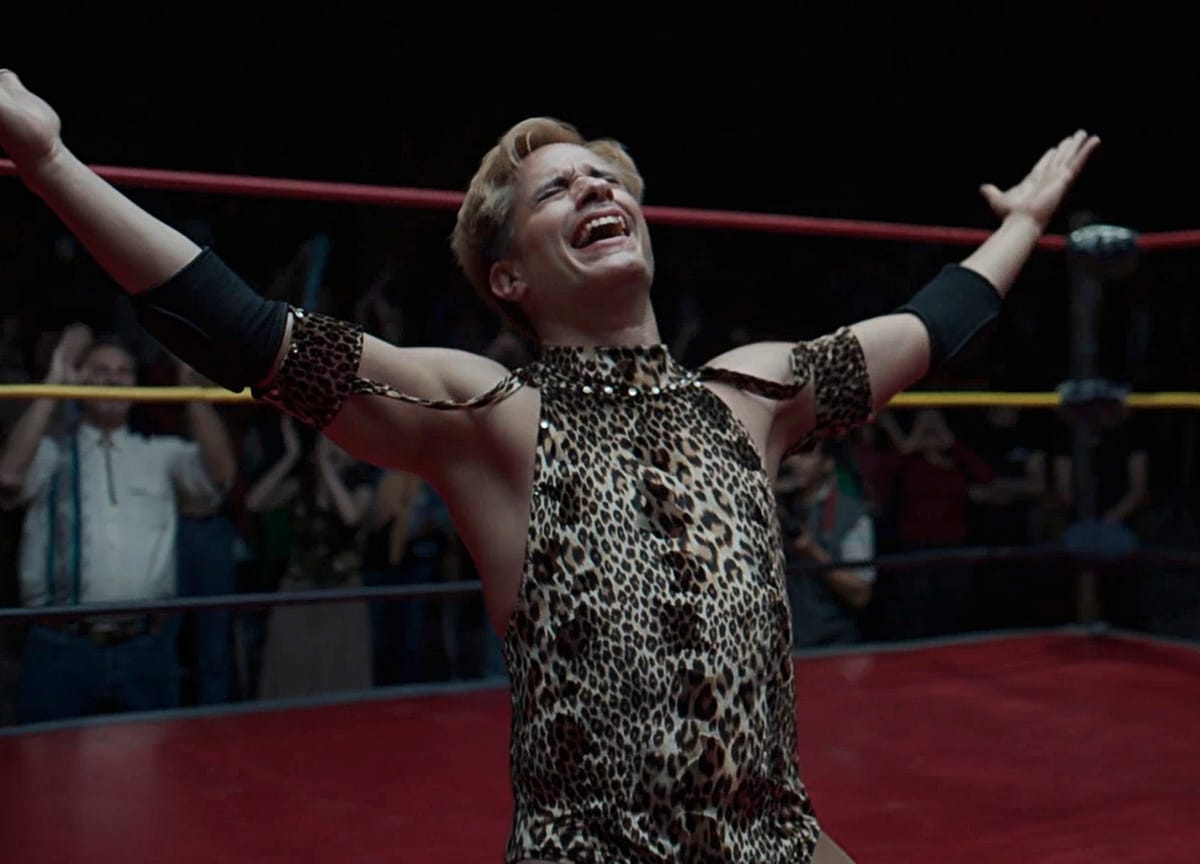

The first in-person Sundance Film Festival in three years is unfolding as a congenial if slightly askew affair. Moviegoers, publicists, and even the volunteers seem dazed as they wander about in the high-altitude sunshine of Park City before plunging into the dark of the screenings. The buses are running on a rusty, overcrowded schedule. Even the magpies seem a little out of sorts.
How are the movies, you want to know? Again, it’s too early to say (I’m on Day Three as of this writing), but there has yet to be a breakout film that dominates the conversation. The documentaries and dramas, international fare and homegrown productions, all seem like business as usual, and if that’s a relief in a real sense – independent filmmakers are still getting their stories made and seen, which stands as a crucial bulwark against the bulldozer of mainstream pop-culture “content” – it’s also mildly deflating. But what am I complaining about? Not every Sundance has a “Whiplash” or a “Beasts of the Southern Wild” – two times I’ve been in a Park City audience where all present felt the ground shift beneath our feet. And there are still plenty of shiny objects for the moviegoing magpies to find.
I do wonder if the greater online accessibility of this year’s lineup is changing the vibe. Every one of the films at Sundance 2023 is available for on-demand viewing to both press and paying public at 3 p.m. the day after its Park City premiere through the end of the festival on Sunday the 29th – individual tickets are $25 and can be purchased on the website. Are people staying home to watch? Is that why the daytime screenings seem a little sparse? (The evening galas are as packed as ever.) I’m not sure, but I do know that the greater access is a boon to anyone not able to be here in person.
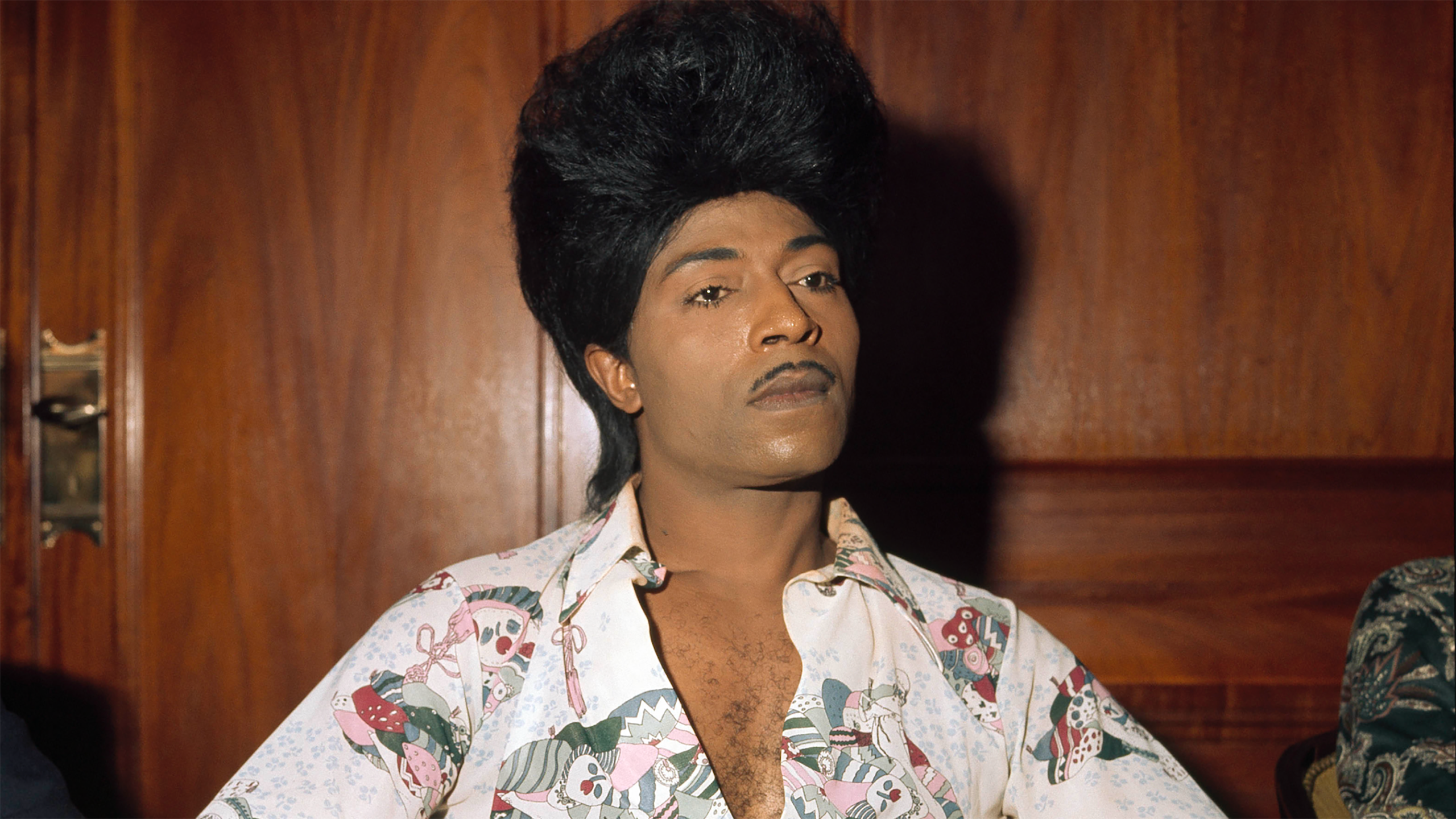
Some of the best films I’ve seen here so far are true stories of queer heroes exploding onto a cultural scene and completely rewriting the rules. “Little Richard: I Am Everything” (⭐ ⭐ ⭐ ⭐) is a documentary that takes the standard rock-bio format and gives it a good shake, sticking to a linear timeline but broadening the context far beyond what could be discussed during the life of the late, great Richard Penniman. That includes Little Richard himself, who careened between what he was and what he “should be” for the bulk of his life. A ground-level founding father of rock and roll, he was Black and exuberantly gay at a time when there was no language for someone like him in the mainstream. (The singer called himself “the bronze Liberace,” and it’s an apt comparison: Both men had rabid female followings that never cared to connect their flamboyance to their sexuality.) He was also born into the Black church and periodically renounced rock for religion and his outrageously out self for the straitjacketed existence of a self-loathing gay man. “Little Richard was very, very good at liberating others through his example,” someone says here. “He was not very good at liberating himself.”
But the archival clips of the singer on stage “liberating others” are joyfully incendiary – an unimaginable affront to everything mid-50s American culture was hellbent on repressing. What on earth were we supposed to think when “Good golly Miss Molly – sure likes to ball” came rocketing through the transistor radio? Director Lisa Cortés has the expected musical colleagues and family members as talking heads but also brings on a host of cogent, empathetic cultural critics, academics, and pop descendants like Billy Porter to connect the dots between who Little Richard was, what he signified, and the cultural landscape he made possible. A Cinemax production, “Little Richard: I Am Everything” will be on HBO Max later this year.

I made a point of going to “Cassandro” (⭐ ⭐ ⭐ 1/2 ) because everything Gael Garcia Bernal does is unexpected and worth seeing – he’s the playful demon imp of the arthouse – and his new movie qualifies as both. It’s the story of Saúl Armendaríz, who may not have been the first gay Mexican wrestler but was the first “exótico” to become a popular star, one expected to (and allowed to) win his bouts. He was a consciousness-raising groundbreaker but also a prankster of the luchador circuit, and Bernal has great fun playing both sides of the character: Cassandro, the outrageous camp figure of the ring, and Saúl, a mocked outsider who refuses to be marginalized. The performers are strong across the board, including Perla de la Rosa as Saúl’s mother and Roberta Colindrez (so good in TV series like “Vida” and “I Love Dick”) as a luchadora who doubles as the hero’s trainer. The real Armendaríz arrived at the movie’s Park City premiere in full Cassandro splendor, posing with Bernal on the red carpet and enjoying the post-screening cheers of the Eccles Center crowd. Look for the film on Amazon Prime in the coming months.
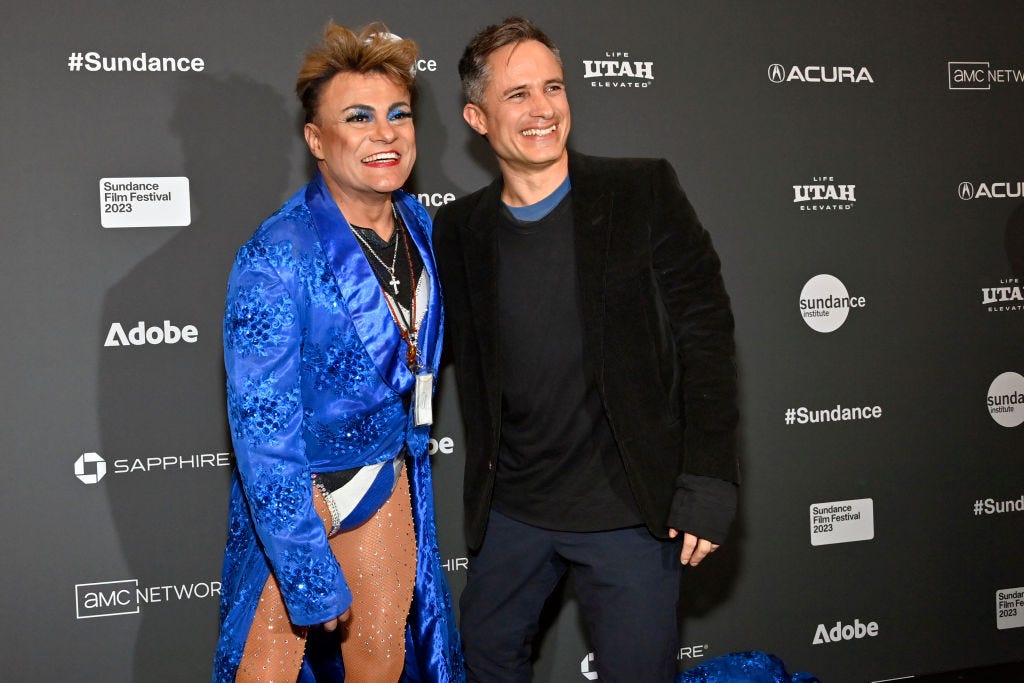
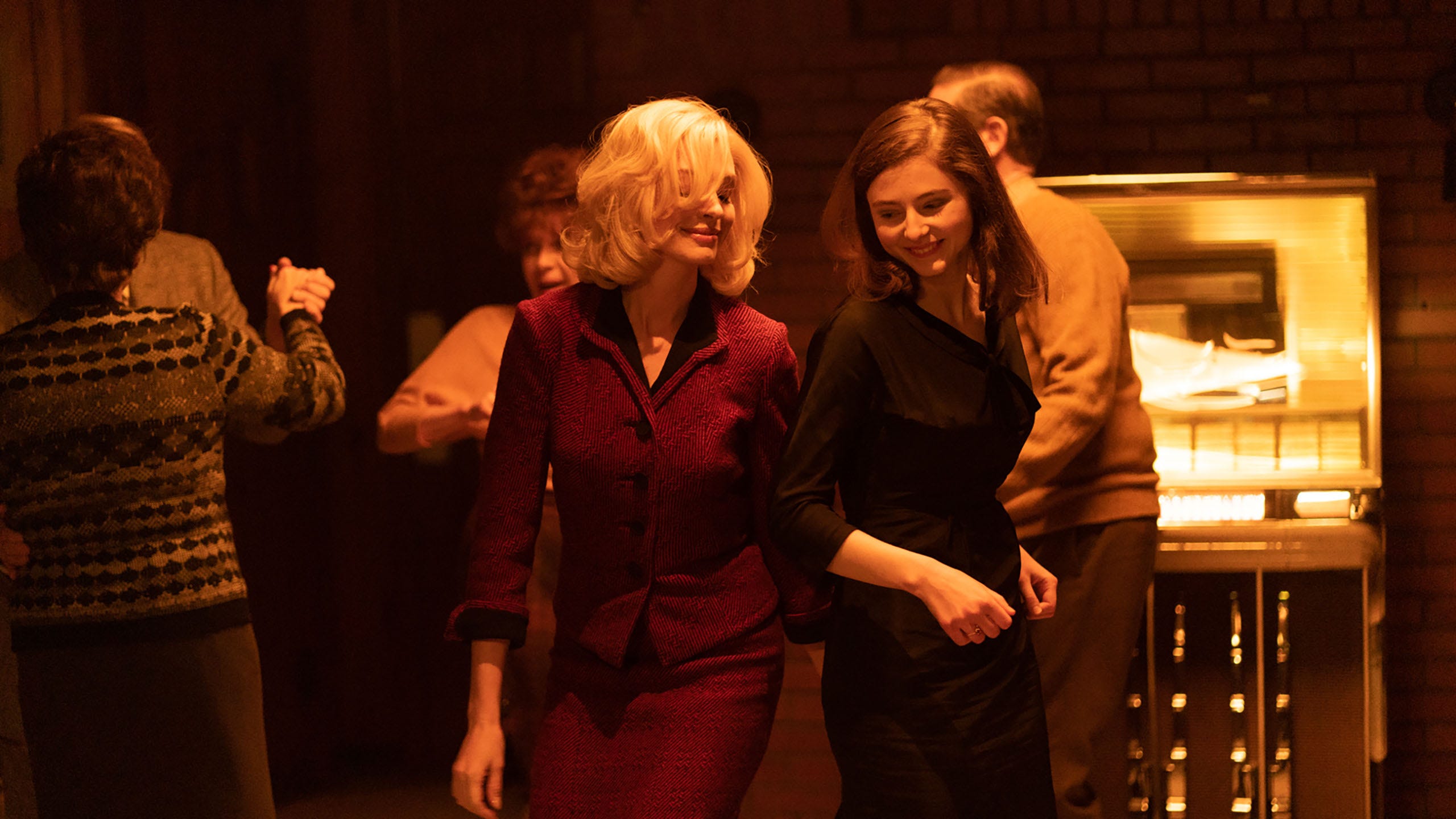
For all their pleasures, neither of the above movies rewrites the playbooks for their respective genres, so watching “Eileen” (⭐ ⭐ ⭐ 1/2) was a welcome jolt: A period comedy-drama-thriller that grooves on keeping a viewer off-balance throughout. (No surprise, it got a polarized audience response at the Park City premiere Saturday night; I dug it and so might you) It’s adapted from a novel by Otessa Moshfegh – the author co-wrote the script – but it’s probably best if you haven’t read the book and just strap in for the ride. At first, you think you’re getting a prototypical Sundance movie about small-town wasted lives: Mousy young Eileen (Thomasin McKenzie of “Leave No Trace” and “Last Night in Soho,” above right) lives in a wintry mid-1960s New England town with an alcoholic wreck of a father (Shea Whigham – who else?) and works as a secretary at the local juvenile prison. With the arrival of a new prison psychologist, the glamorous, blonde, and seductive Dr. Rebecca St. John (Anne Hathaway, above left), the movie gets a little bit “Marnie” and a little bit “Carol,” and then things actually start getting weird.
The fine stage actress Marin Ireland gets off an unnerving monologue while her character is tied to a post in a basement, and both Mackenzie and Hathaway are at the top of their games here, the former playing deceptively meek and the latter deceptively wild. (With this movie, I officially forgive Hathaway for “Armageddon Time.”) Bonus points for dialogue that precisely captures the bred-in-the-bone bleakness of the native New Englander (“You look happy – what’s wrong with you?” and “Everyone is kinda angry here – it’s Massachusetts”) and for a shooting gallery of Boston accents that don’t color too far outside the lines mostly hit their marks. Directed with subtle but stylized cheek by William Oldroyd – he did the fearsome 2016 “Lady Macbeth,” which introduced Florence Pugh – “Eileen” arrived at Sundance without a distributor, but it should have no trouble finding one. There’s a serious Patricia Highsmith vibe to this movie – it plays like “Carol” if one of the characters turned out to be Tom Ripley.
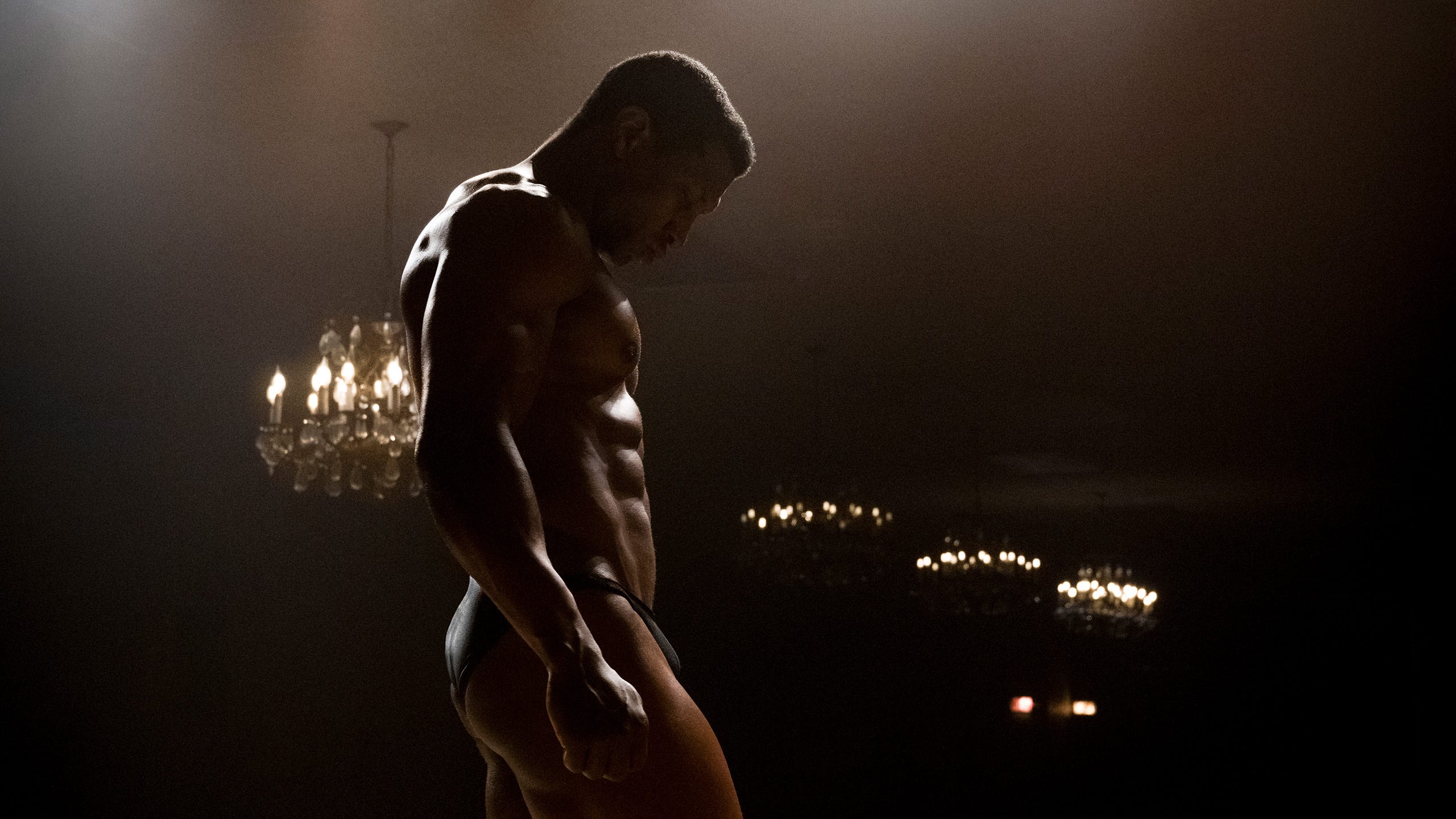
There will be no arguing with the quality of Jonathan Major’s ferocious performance (above) in “Magazine Dreams” (⭐ ⭐), but there’s also no arguing that the film is a punishment – a skilled drama about a damaged individual that starts in high gear and revs up from there, increasingly straining the narrative momentum and the audience’s patience. Majors’ physical transformation into the insecure amateur bodybuilder Killian Maddox achieves Brando/De Niro/Bale levels of body modification; Killian’s muscles are as freakishly overdeveloped as his social skills are non-existent. Writer-director Elijah Bynum clearly has “Taxi Driver” on the brain, as we follow a similarly delusional anti-hero through any number of cringe-inducing scenes, including a dinner date with a co-worker (Haley Bennett) that goes painfully south, a frightening showdown in a diner, and a climactic threat of violence that the movie tries to have both ways. At 122 minutes, “Magazine Dreams” feels much too long, with multiple false endings that leave the audience exhausted and annoyed. I spent the first hour in a trance of uncomfortable awe — the filmmaking and the acting are that strong – but as Killian unravels in scene after unmodulated scene, the film starts spinning its wheels and any larger themes of neurotic hypermasculinity fall by the wayside. Ultimately, the movie stands as a statement of Jonathan Majors’ startlingly intense commitment to his craft — and little else. For some people, that’s enough.
Reviews to come in the upcoming days: “Cat Person” (yes, the New Yorker story is now a movie); the harrowing documentary “20 Days in Mariupol,” and a Korean-American tearjerker called “Past Lives” that may turn out to be this year’s Sundance word-of-mouth hit.
Thoughts? Don’t hesitate to weigh in.
If you enjoyed this edition of Ty Burr’s Watch List, please feel free to pass it along to friends.
If you’re not a paying subscriber and would like to sign up for additional postings and to join the discussions, here’s how.



